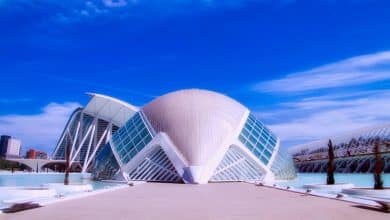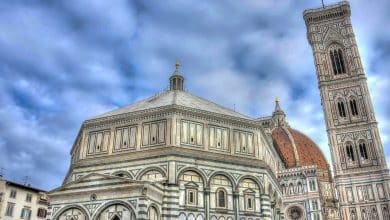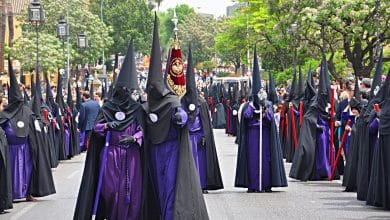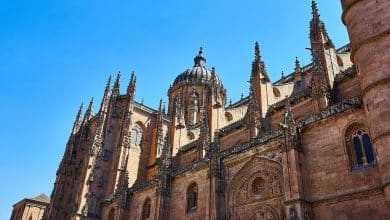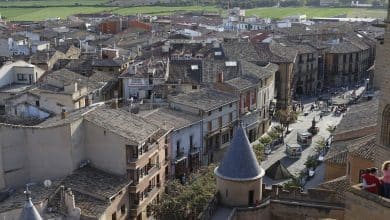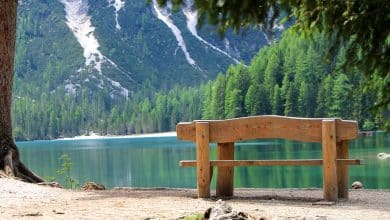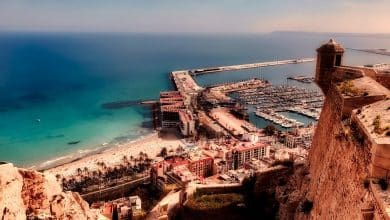Royal Palace and Gardens attraction in Madrid Spain
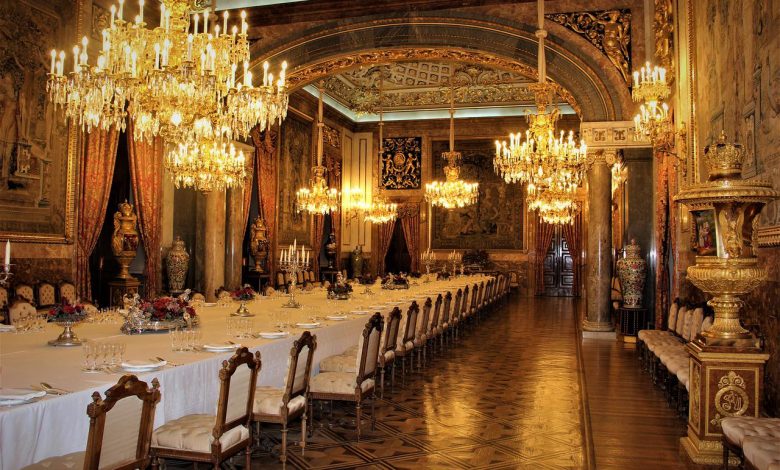
History of Royal Palace of Madrid
The Royal Palace and Gardens are among the most interesting tourist attractions in Madrid, Spain. Spain’s history may be seen at the Royal Palace, which served as a residence for Spanish kings from Charles III up to Alfonso XIII. It is still their official residence, despite the fact that the royal family no longer calls this site home.
Many years before Madrid became Spain’s capital, Emir Mohamed known as Magerit (the Arabic name for the city) as the site of a fortress to protect Toledo against Christian invasion. However, it was not until the 14th century that it was given the name “Antiguo Alcázar,” which means “Old Fortress.” Charles I and his son Philip II made modifications to the structure, making it the official residence of the Spanish royal family. Despite this, Philip V authorized the construction of the palace that is still in use today after the Palace of Los Austrias was entirely destroyed in a fire in 1734.
After Filippo Juvara’s sudden death, one of Juan Bautista Sachetti’s pupils ended up drawing the final drawings for the palace after Juvara’s sudden death. Between 1738 and 1753, when the last stone was set, Philip V’s commissioned work was completed in seventeen years. Because of his many initiatives and improvements in Madrid, Charles III was referred to as the “Mayor of Madrid,” and he occupied the new palace when it was built. A number of decorative elements and furnishings were added to the palace by Charles IV (who was responsible for the creation of the Hall of Mirrors) and Ferdinand VII (who was also responsible for the erection of the Hall of Mirrors).
There is speculation that Bernini’s ideas for the Louvre in Paris may have affected the design of the palace, which is square in form and overlooks an expansive courtyard that includes galleries and an arena. Many alterations have been made to the palace’s interior design and layout during its long history to suit the changing tastes of its many occupants and visitors.
Among the more than 3000 rooms are Sabatini’s Main Staircase, which has over 70 steps, Tiepolo’s Throne Room, Charles III’s Hall of Halberdiers, the Gasparini Room, decorated in the 18th century in a floral theme, and the Royal Chemist’s, which has natural medicine cabinets and ceramic pots made by the La Granja factory.
The Royal Palace, or Palacio Real as it is called in Spanish, does not serve as the official residence of His Majesty the King of Spain but rather serves as a venue for state ceremonies, feasts, and other important events. The King’s official residence is Zarzuela Palace, just outside of Madrid.
Since the “Plaza de Oriente” plaza, which is on the palace’s east (Oriental) side, is so close, it is commonly referred to as the “Palacio de Oriente.” As a result, the plaza is situated on the palace’s eastern (or oriental) side.
Alcázar was first built in the 9th century by the Muslim kingdom of Toledo, which was afterward utilized by the Castilian kings of Castile, who built Alcázar in the 16th century. The palace’s beginnings were characterized by this event.

During the 1734 Christmas Eve fire that destroyed the Alcázar, a new Royal Palace was built on the site of the destroyed Alcázar. The Borbons’ new palace was ordered by King Felipe V of Spain. An architectural design was evocative of France’s attractions, The Palace of Versailles by Italian architect Filippo Juvara was selected for the new palace’s construction. Stone and brick were utilized instead of wood for the structure’s construction to make it more fire-resistant. The building was constructed between 1738 and 1755, and Carlos III moved in there permanently in 1764.
What materials Royal Palace is made of?
Rich materials like Spanish marble and stucco were employed, as were important pieces of art, as were the doors and windows, which were all made of mahogany. Giaquinto, Tiepolo, and Mengs, as well as his Spanish disciples Bayeu and Maella, were among the notable painters who made frescoes during the period.
Since it was first built in the 16th century, the Royal Palace of Madrid has undergone several renovations, each inspired by the most current trends in modern art.
At the southernmost end of the palace, you’ll find the “Plaza de Armas,” which acts as the main entrance. First, the “Plaza de Interior” is situated in the building’s core. Through the courtyard’s open doors, visitors can view the Almudena Cathedral. Over the course of its 13 hectares, the palace has 870 windows, 240 balconies, and 44 flights of stairs.
The Royal Palace of Madrid is widely considered to be one of Europe’s most magnificent structures.
Although the lavishness and magnificence of the palace captivated many visitors, others were put off by the long lines they had to wait in order to enter. You should arrive early to avoid dealing with a large number of individuals.
Ticket for Royal Palace of Madrid
If you want to get a ticket to see this amazing tourist attraction in Spain, you should know that the ticket prices for adults range from 10 euros to 5 euros for youngsters between the ages of 5 and 16 years old. Tourists are permitted to access the Palacio Real from October through March when it is open from 10 am to 6 pm daily. From April to September, it is open till 8 pm daily. If the palace’s interior does not pique your attention, you may choose to spend time in the royal grounds’ gardens. From the street, a stairway leads down to the nearby neoclassical Sabatini Gardens, which are particularly beautiful. The less frequented Campo del Moro Gardens are a good alternative if you want to stay away from all of the tourists in and around the palace complex. These gardens are a wonderful place to relax and unwind. Leaving the Prncipe Po metro station will take you to the Campo del Moro Gardens, while exiting the Opera, or Plaza de Espaa metro lines will take you to the palace.
The Official website of the Royal Palace: https://www.patrimonionacional.es/visita/palacio-real-de-madrid

